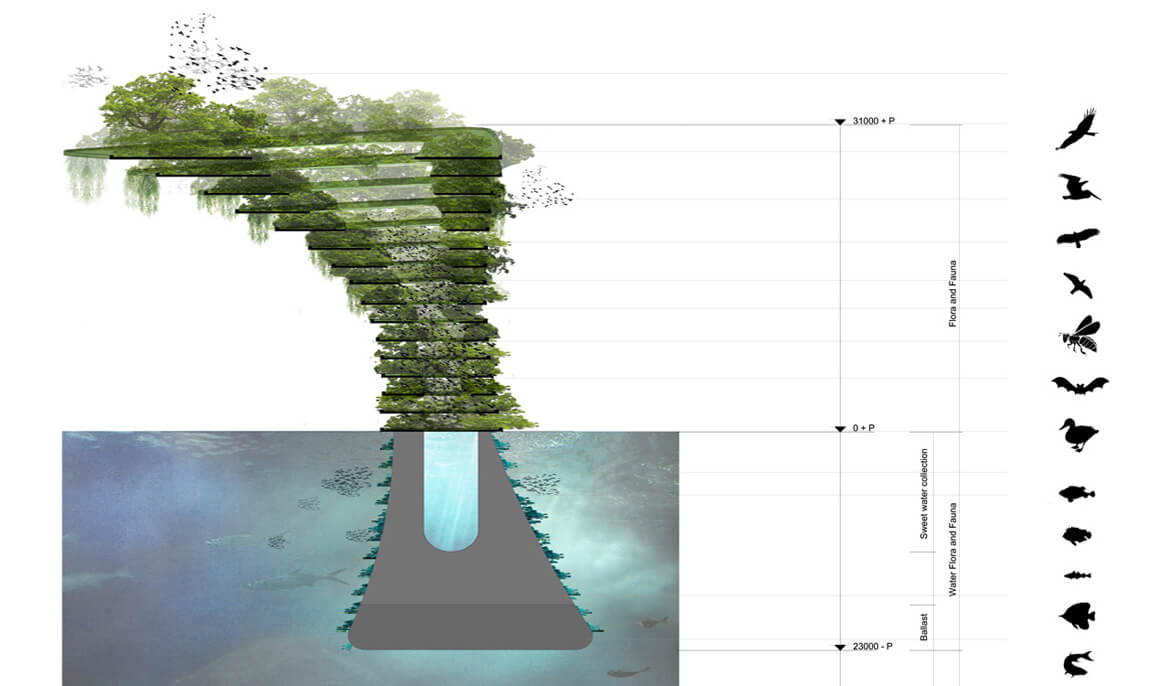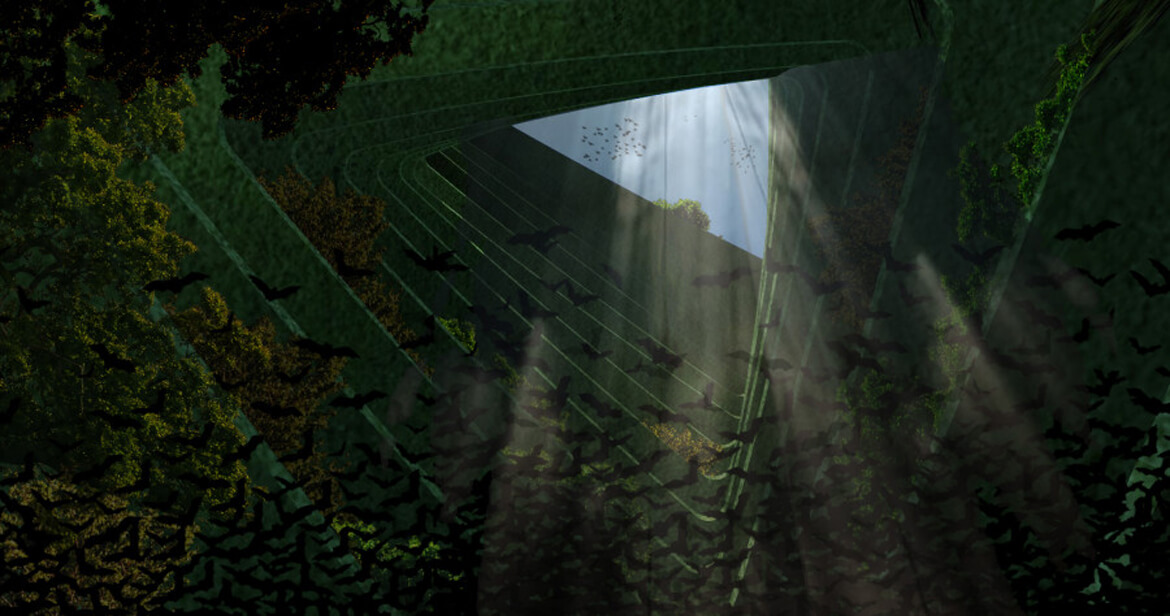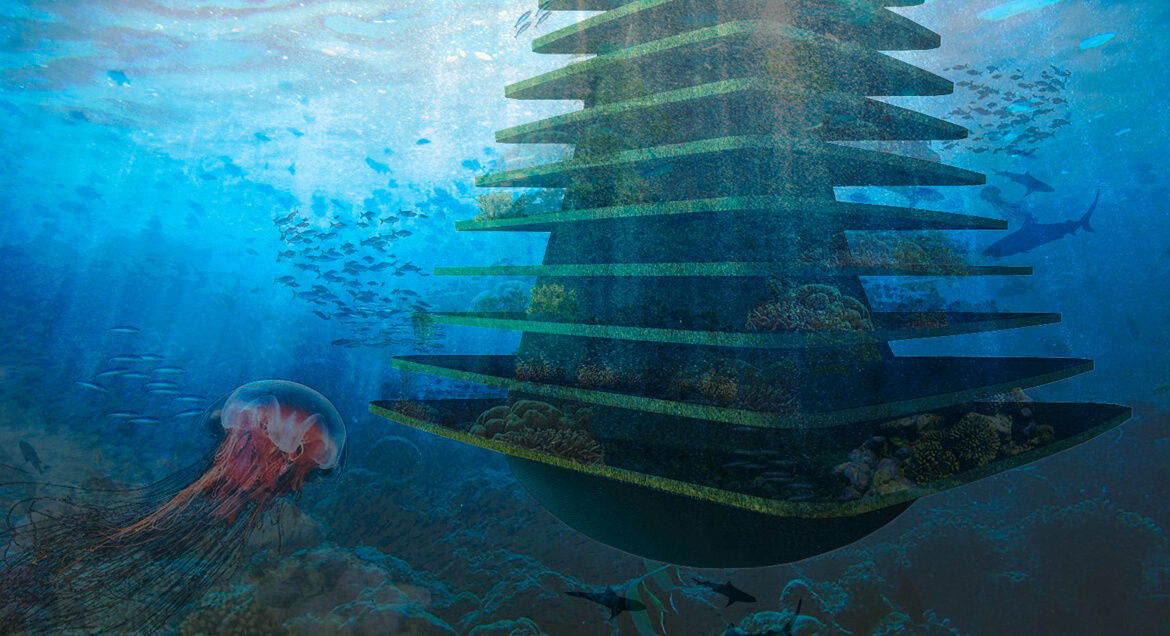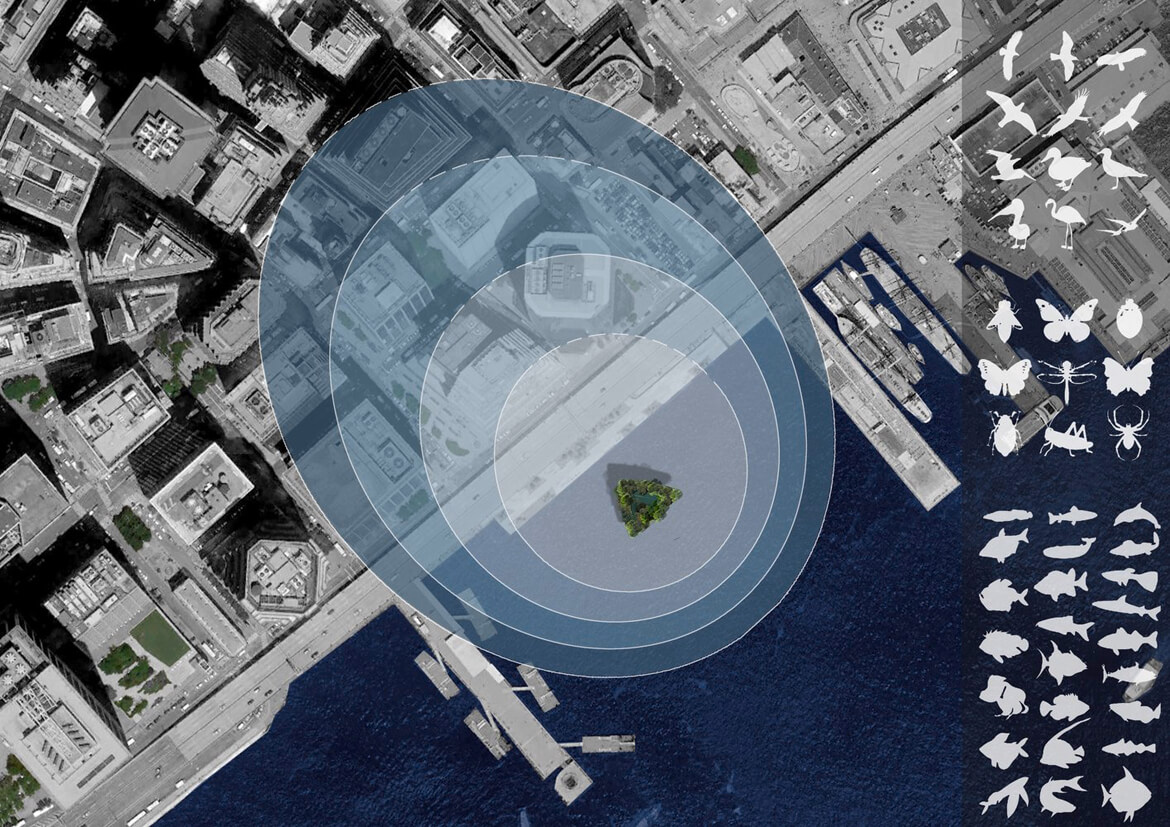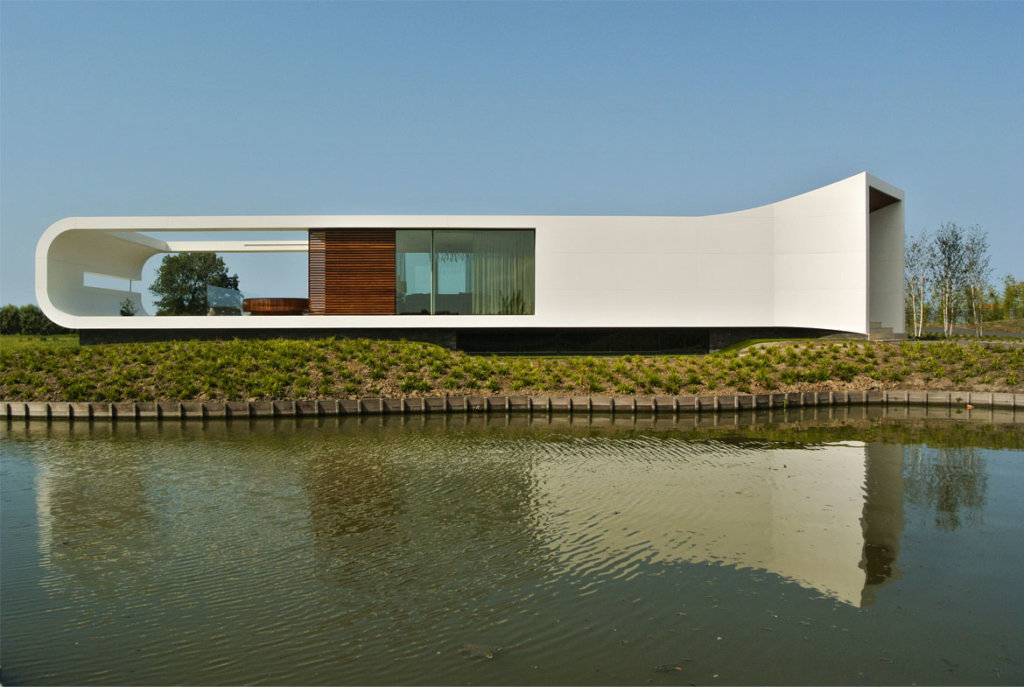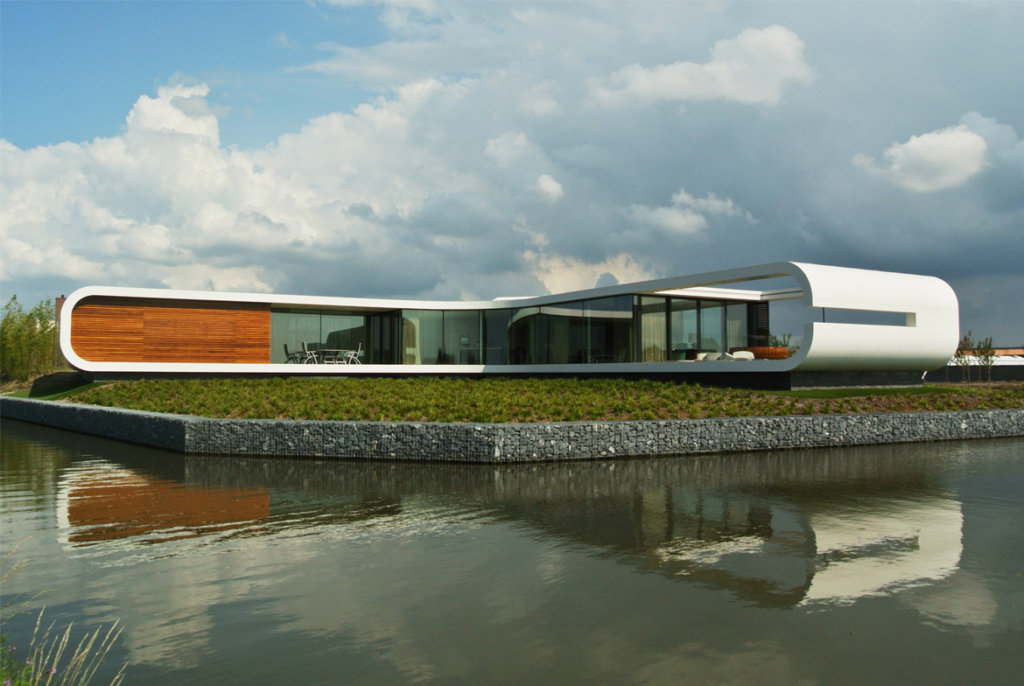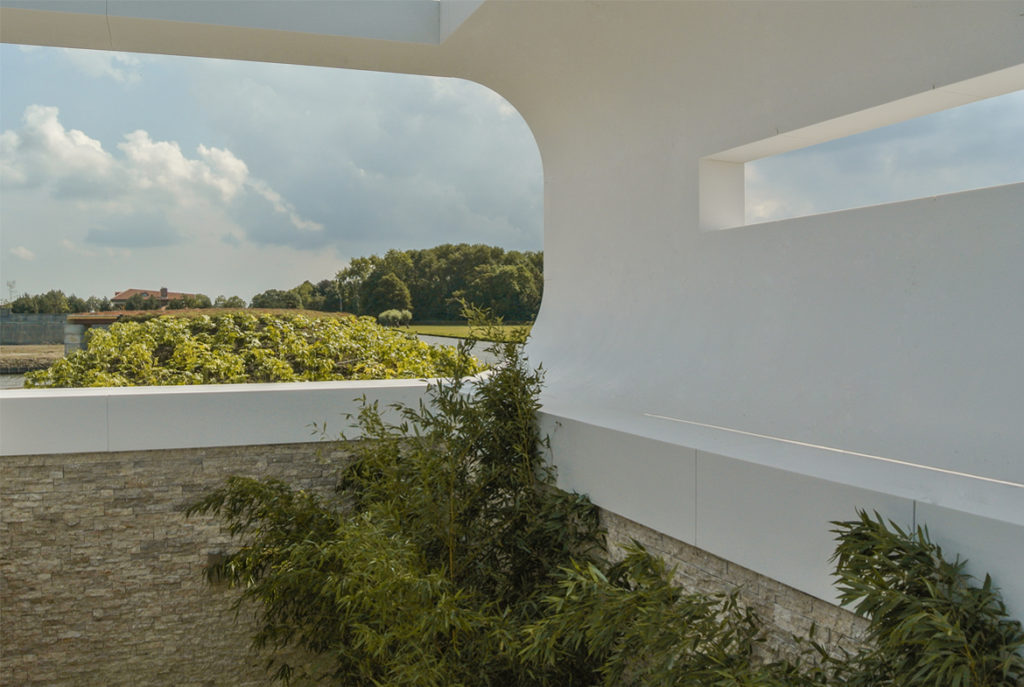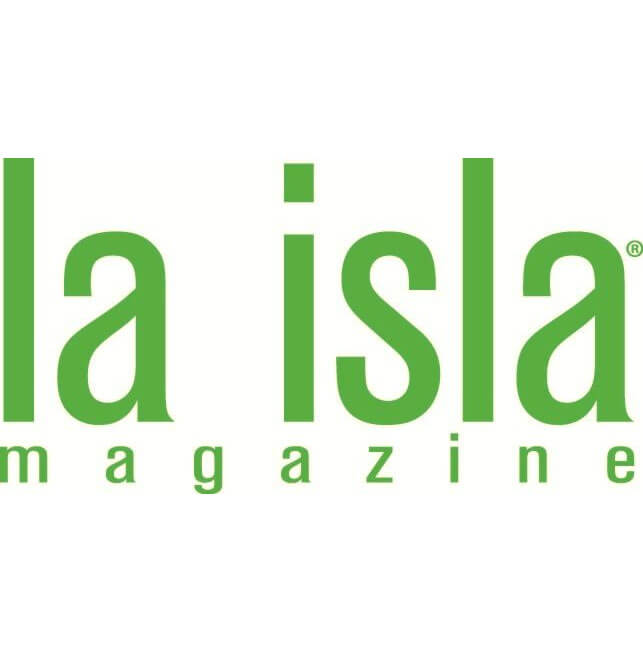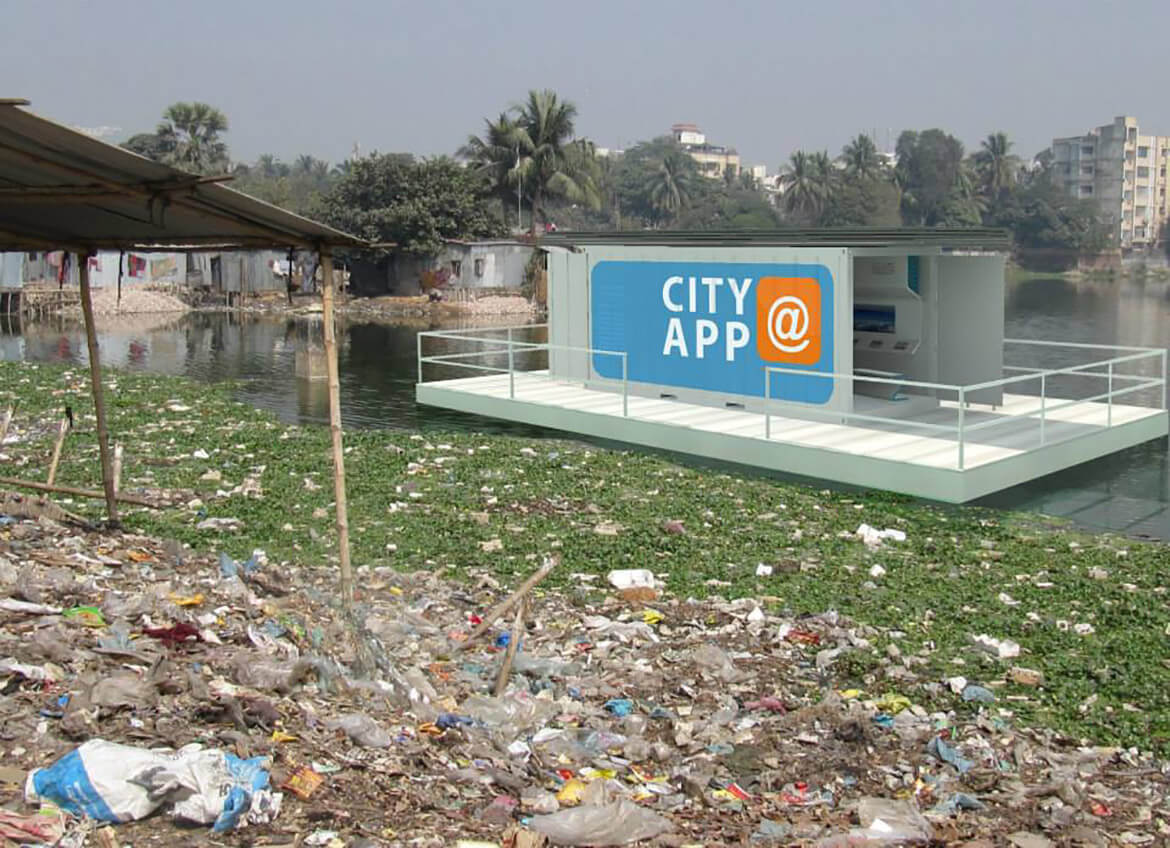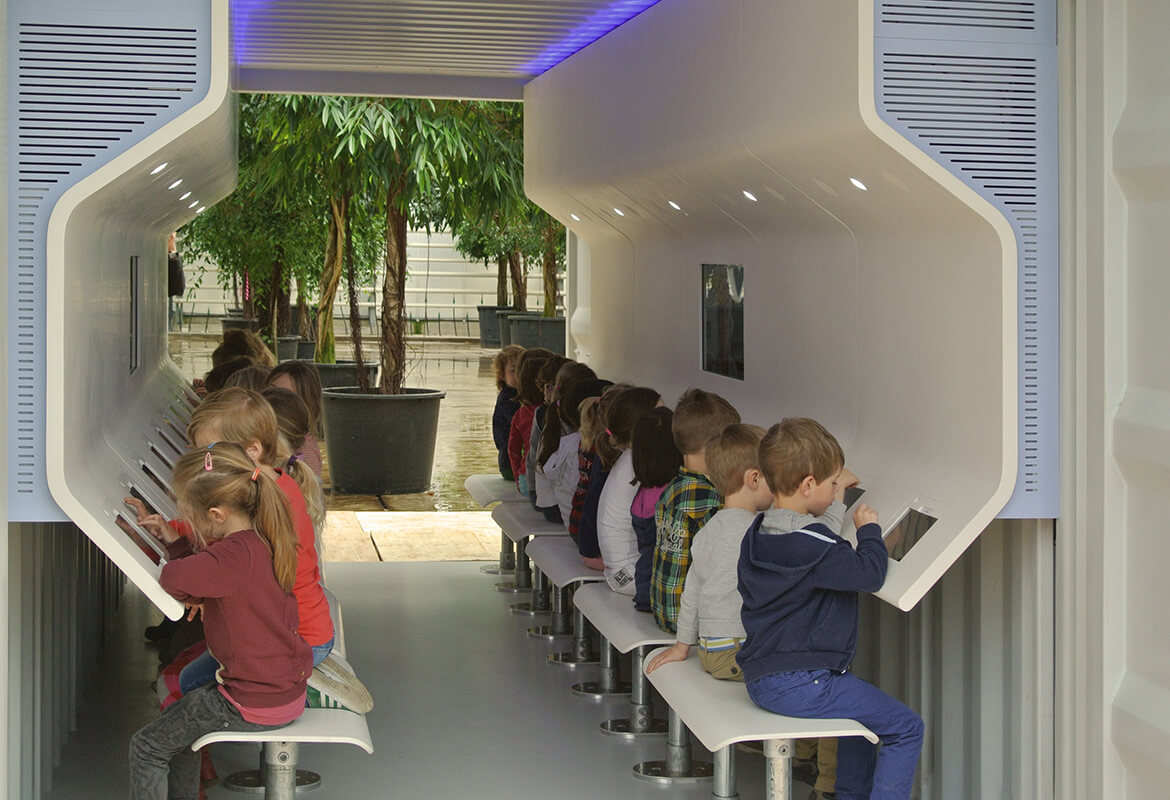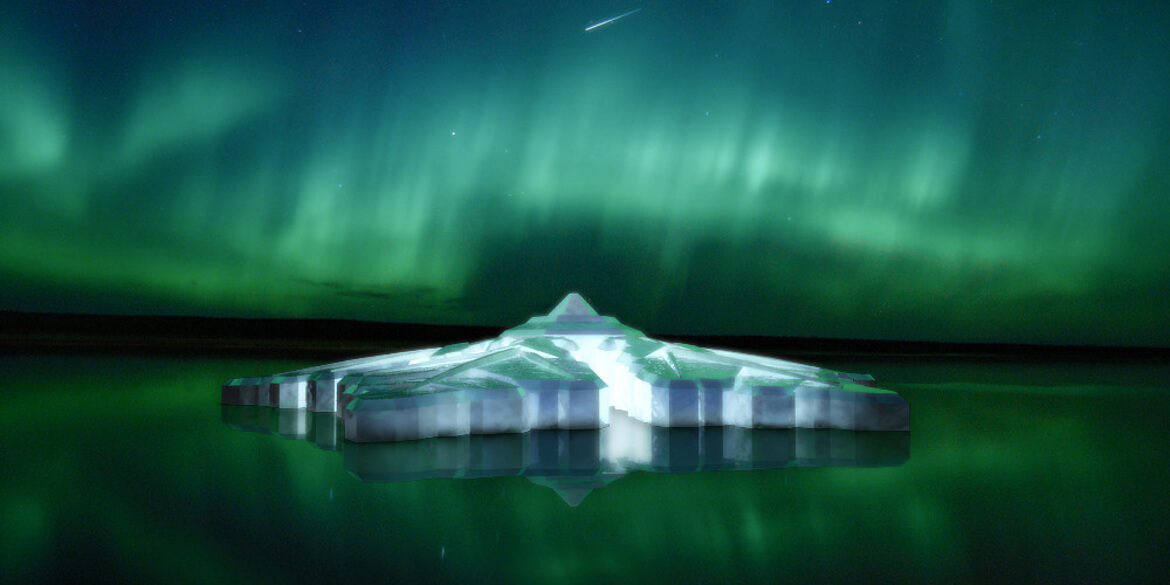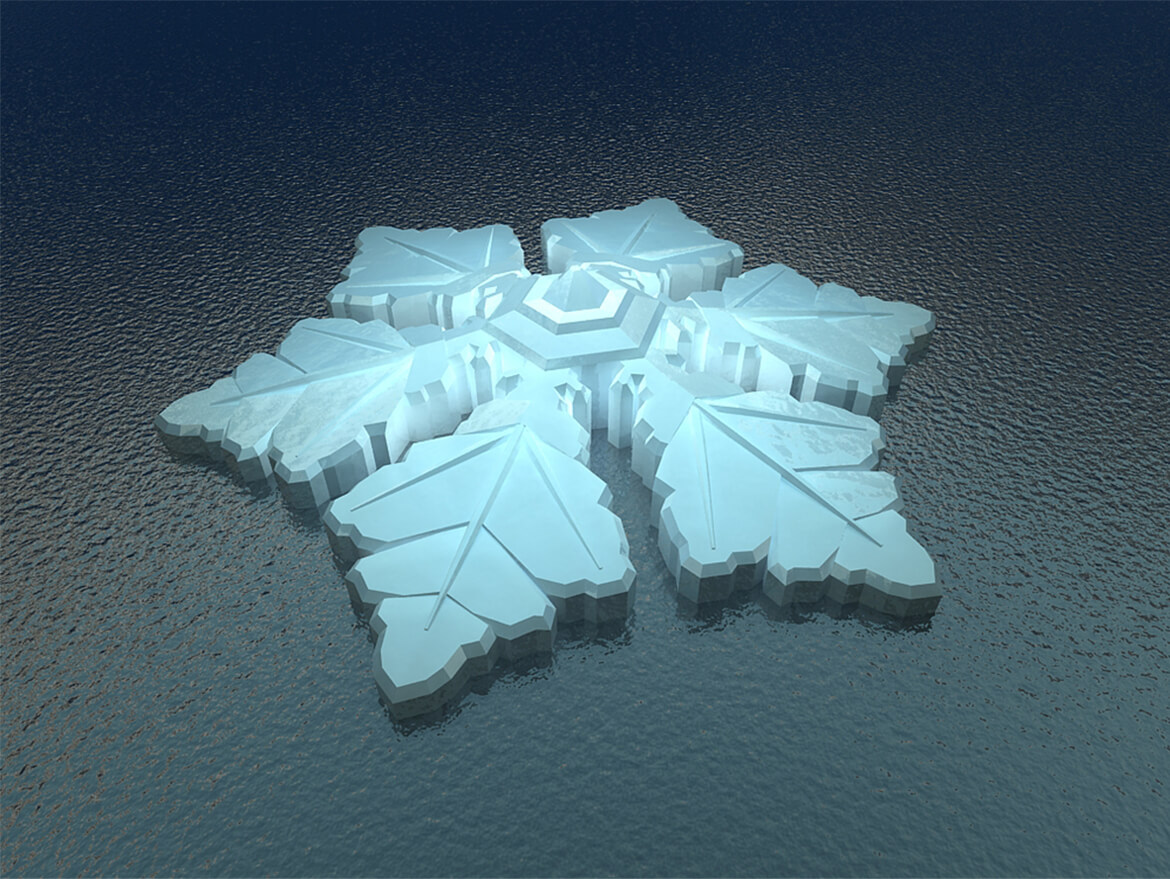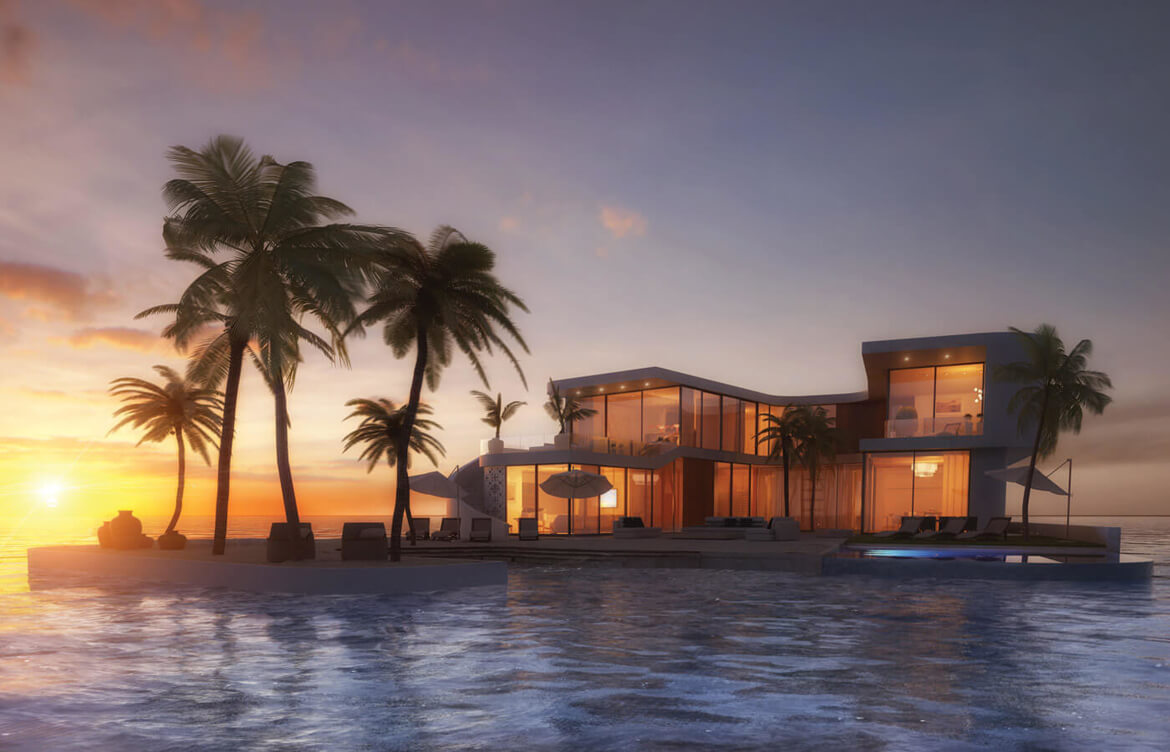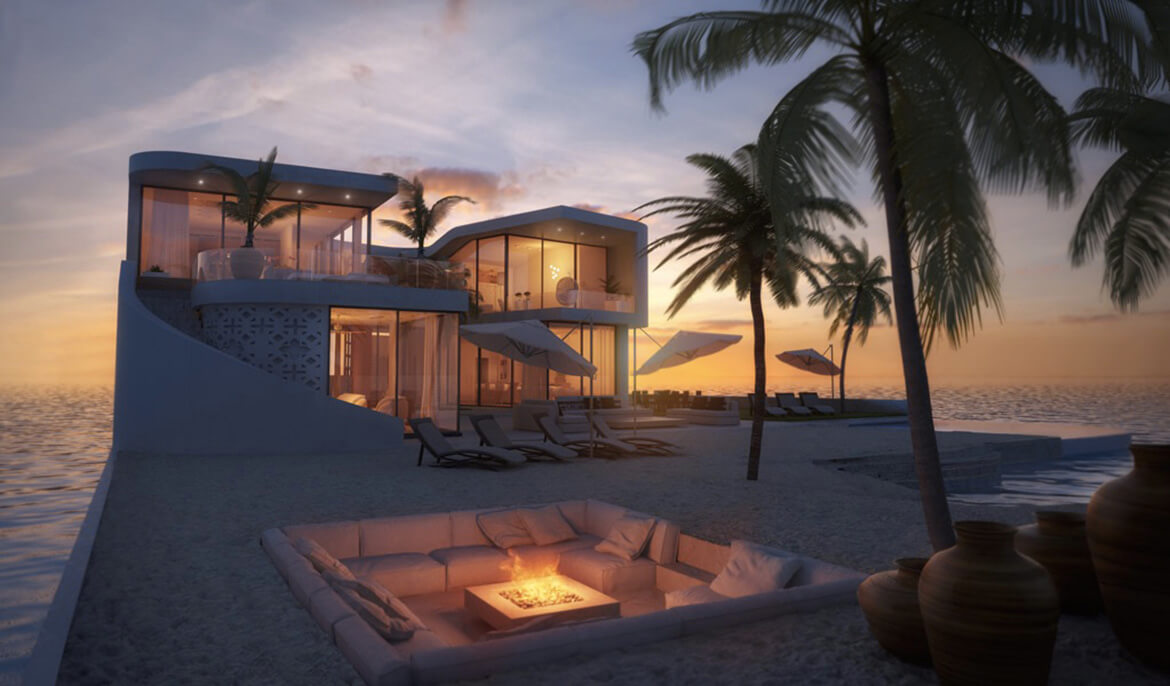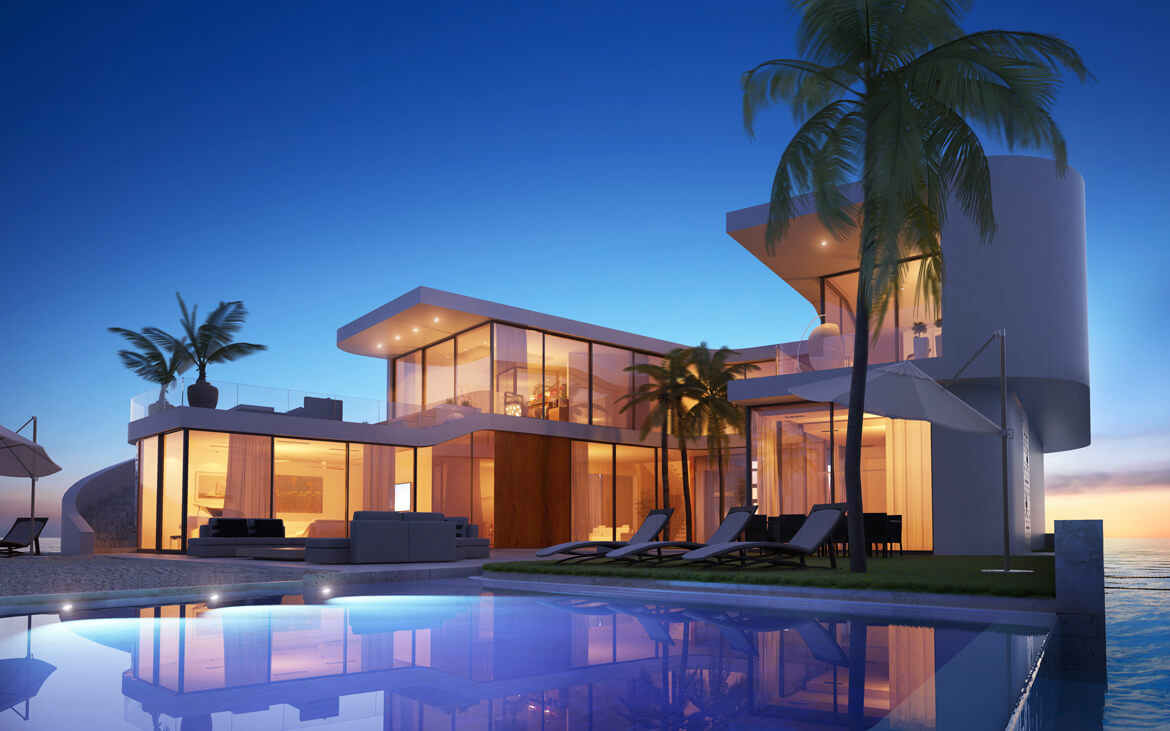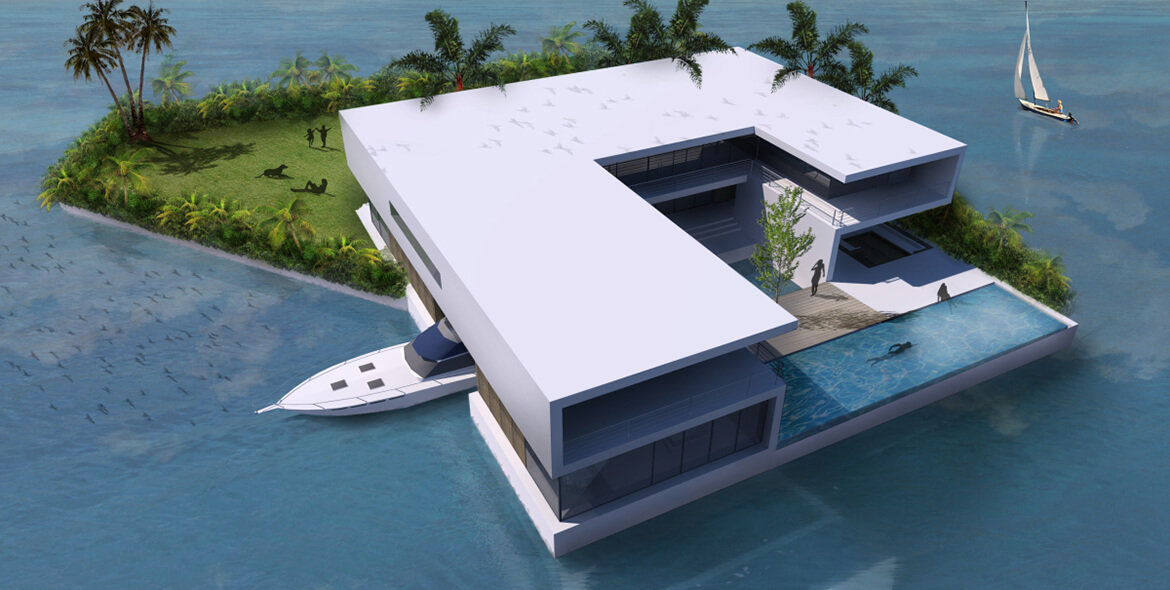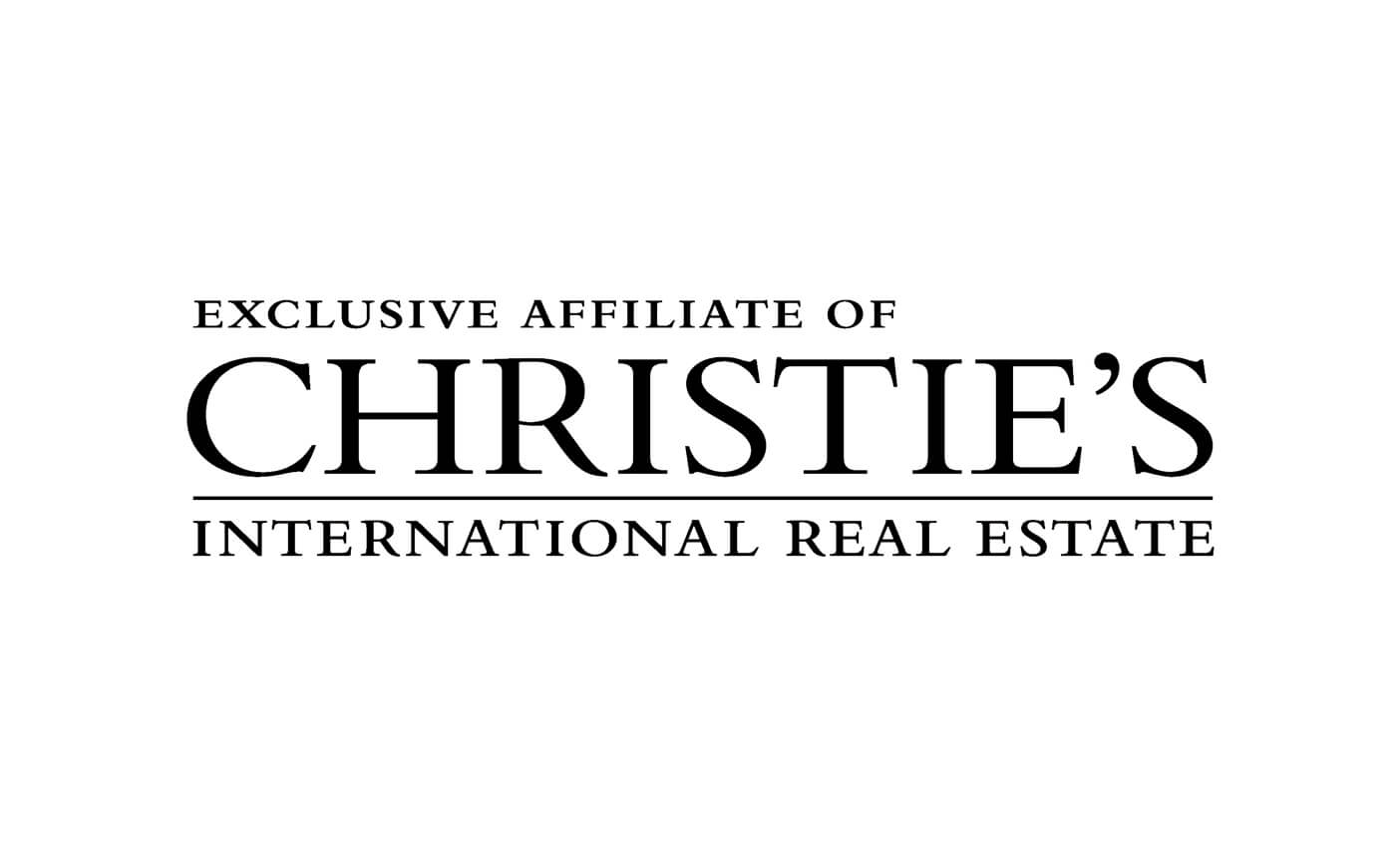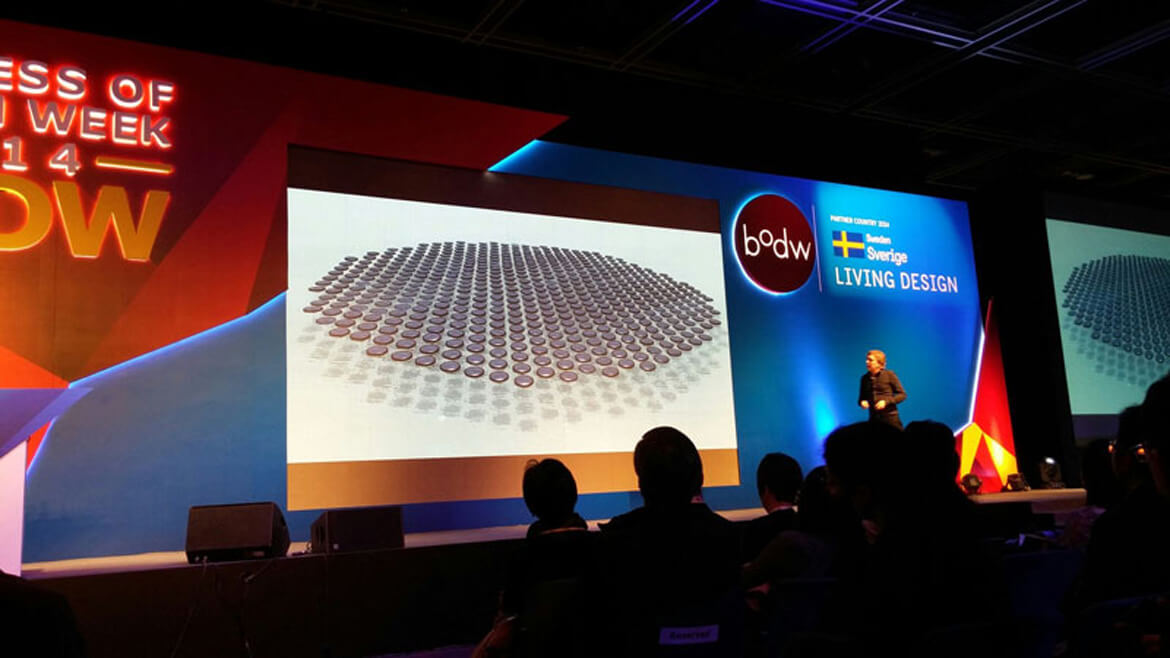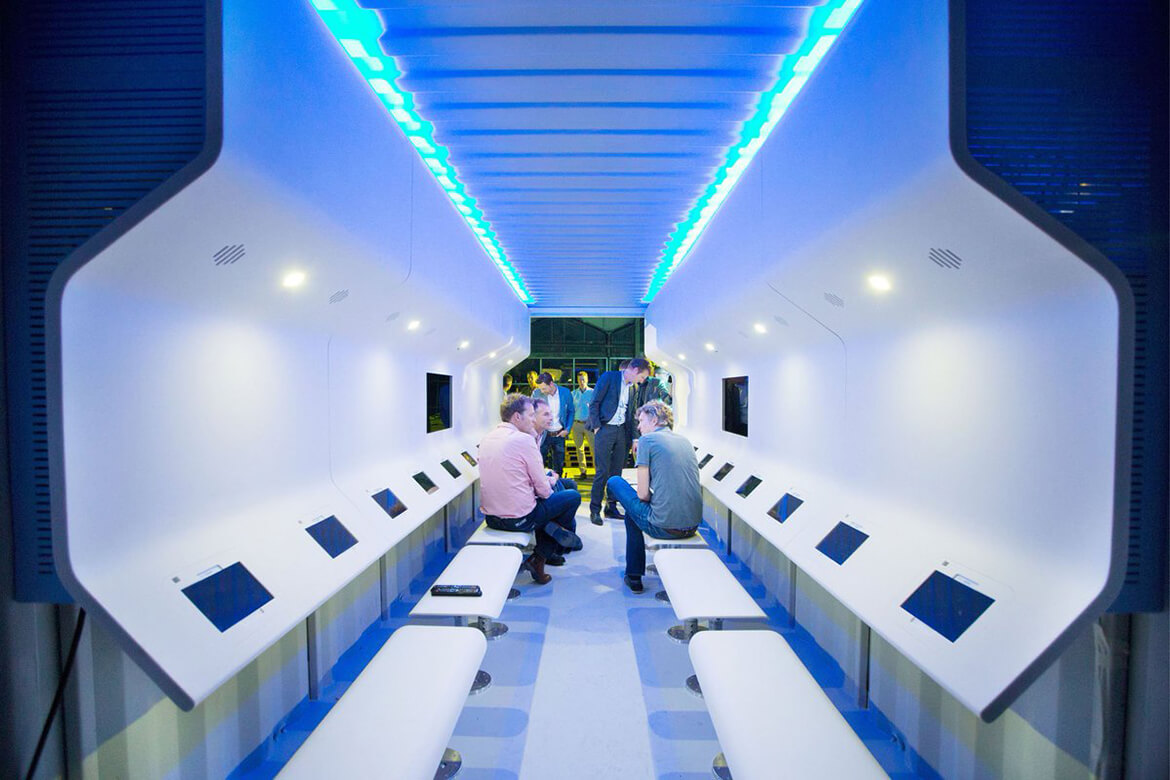De Sea Tree is een stap naar de drijvende toekomst van de natuur in de stad
Joost Mollen
The creatorsproject
September.2014
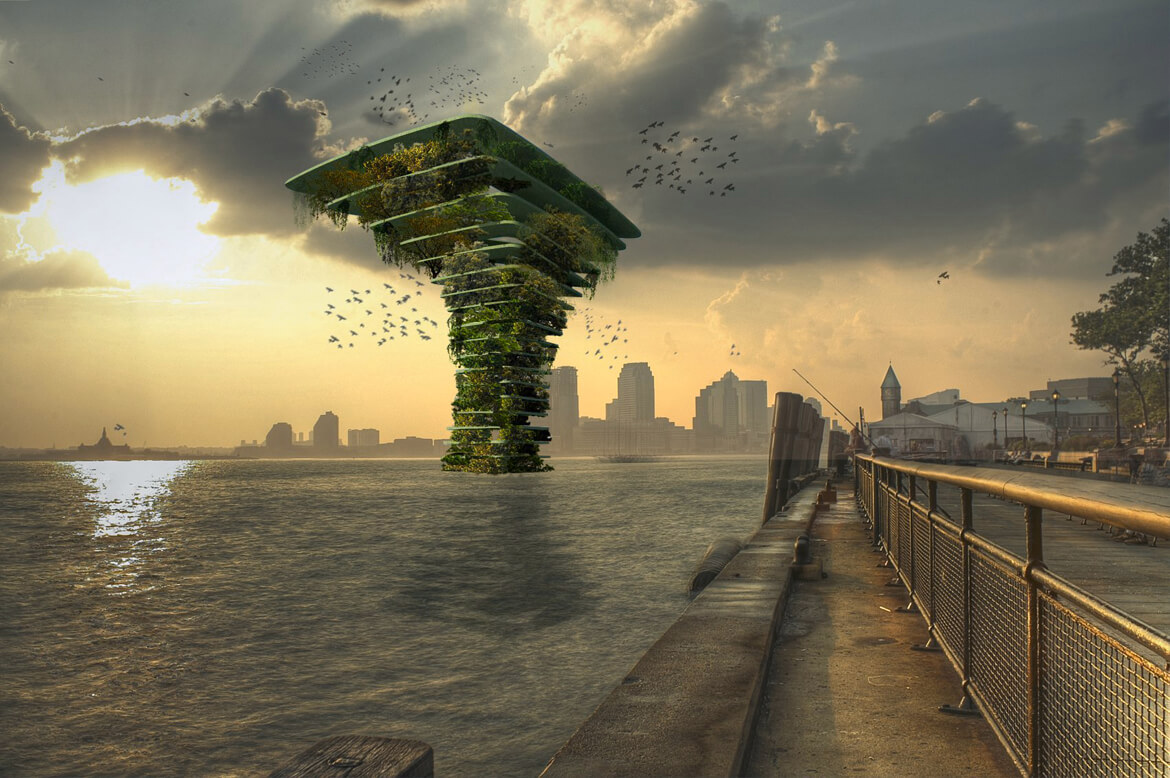
Voor de mensen die het niet weten: een kamer vinden in Amsterdam is een ramp. De steden hebben nou eenmaal een ruimteprobleem en Amsterdam komt bijvoorbeeld al 15.000 huizen tekort. Maar niet alleen mensen lopen tegen dit woningtekort aan, ook planten en dieren hebben het zwaar. Urbanisatie en klimaatverandering leggen een druk op de beschikbare ruimte voor parken en natuur in stedelijke gebieden. Terwijl er al jaren hard wordt gewerkt aan het vergroten van het aantal woningen in de stad, zijn er helaas maar weinig projecten om nieuwe groene zones te creëren in steden. En dat terwijl parken vet relaxt zijn.
De ultieme oplossing voor dit probleem ligt, wat Waterstudio betreft, op het water. Het Nederlandse architectenbureau is gespecialiseerd in drijvende architectuur en ontwierp eerder al het drijvende ijshotel in Noorwegen en deze superstrakke drijvende villa. Nu wil Waterstudio een heus ‘flatgebouw’ op het water gaan bouwen die speciaal is ontwerpen voor dieren en planten in stedelijke omgevingen. Genaamd de Sea Tree, zal het de eerste drijvende constructie worden die een boost moet geven aan de ecologische systemen van steden. Chillen bovenop de Sea Tree is een no-go want de constructie is afgesloten voor mensen. Maar dat is geen ramp: alleen al kijken naar de ecotoren is genoeg. Hoofdontwerper en medeoprichter van Waterstudio Koen Olthuis nam de tijd om ons meer te vertellen over het project en wanneer we het groene flatgebouw ook in Nederland kunnen verwachten.
The Creators Project: Vertel, waar komt jullie fascinatie met water vandaan?
Koen Olthuis: Op het land had je alle innovatie al. Je deed als architect wat kleurtjes op de muur en stak het gebouw in een leuk vormpje en daar hield het op. Op het water lagen alle mogelijkheden. We zijn ons toen als eerste architectenbureau 100 procent op het water gaan focussen. Na een tijdje dachten we: dit moet niet alleen bij drijvende woningen blijven. We zijn toen gaan onderzoeken hoe steden door middel van drijvende concepten verbeterd kunnen worden. Nu zijn we bijvoorbeeld bezig met drijvende parkeerplaatsen, drijvende stadions en natuurlijk de Sea Tree, een constructie die een enorm positief effect zal hebben op de ecologie van een stad. We bouwen zonder ‘littekens’ omdat je al onze concepten zo weer weg kan varen. We lenen ruimte van de natuur en laten het weer achter zoals het daarvoor was.
Hoe is het concept voor de Sea Tree tot stand gekomen?
We werden door ecologen gevraagd om een plek te ontwerpen waar de natuur niet verstoord kon worden door mensen. We hebben toen op basis van technologie die door oliemaatschappijen wordt gebruikt een concept gemaakt waarin we de parken van een stad als het ware in de vorm van een boom op elkaar stapelen. Je kunt de Sea Tree het beste vergelijken met die Red Bull-autootjes die overal rondrijden. Dat is rijdende reclame. De Sea Tree is eigenlijk hetzelfde: het is een hele grote en drijvende groene advertentie voor de stad en de techniek van de oliebedrijven, één die laat zien dat het ook een positief effect kan hebben op de natuur en de stad. Het oliebedrijf behoudt het eigendom van de Sea Tree en de stad wijst een plek aan waar die mag drijven.
Hoe reageren de oliemaatschappijen en steden op het concept? Gaat de Sea Tree ook echt gebouwd worden?
De locatie in steden is geen probleem. We zijn bijvoorbeeld al in Singapore en New York geweest en daar was iedereen super enthousiast. Daarnaast bestaat de technologie ook al. Het punt is dat de bouw van zo’n ding nu al snel één a twee miljoen euro kost en voor dat geld hebben we oliemaatschappijen nodig die mee willen doen. Bij dat soort bedrijven heb je twee soorten partijen werken. Aan de ene kant heb je de mensen van de techniek die het helemaal geweldig vinden. Aan de andere kant heb je de mensen die gaan over de budgeten en advertisement en precies moeten weten wat de positieve en negatieve kanten voor zo’n onderneming zijn. Maar het is heel lastig in te schatten wat voor een effect de Sea Tree gaat hebben. Daar werken we nu aan. Toch zijn we heel positief en denken we dat alles binnen een jaar tijd geregeld kan zijn. Daarna duurt de bouwtijd maar vier tot zes maanden. Het is niets anders dan een drijvende betonconstructie waarop we de natuur haar gang laten gaan.
Als de Sea Tree er ook echt komt, hoe komt het er dan precies uit te zien? Kunnen we hem ook in Nederland verwachten?
De natuur is enorm veerkrachtig. Het idee is dat we de toren bedekken met voedzame aarde en dan de natuur haar gang laten gaan. We trekken onze handen er af en laten de natuur de Sea Tree zelf begroeien en bevolken. We zien dan wel wat voor een effect het gaat hebben. Het zou bijvoorbeeld de dalende bijenpopulatie een huis kunnen bieden, of een plek kunnen bieden voor vogels waarvoor nu geen ruimte is in de stad. De enige twee dingen die ons tegenhouden om dit bijvoorbeeld in Amsterdam te bouwen zijn in principe alleen de vergunning en het geld.
De Sea Tree is afgesloten voor mensen. Wat hebben we er precies aan behalve het ecologisch voordeel?
Ik kan me voorstellen dat als je in zo’n stad woont het enorm leuk is om naar het bouwwerk te kijken of er omheen te varen, je kunt er alleen niet zelf op gaan. Van een afstand denk je wooooww wat een enorme toren, terwijl het met een hoogte van 35 meter in de stad niet eens zo heel hoog zou zijn. Maar drijvend op het water ziet het er juist heel indrukwekkend uit. Het moet alleen geen geintje worden, zoals die enorme badeend die de wereld over ging. Wij willen ook echt een effect hebben.
U bent heel erg bezig om een plek te vinden voor het ecosysteem van de natuur in de stad. Wat denkt u dat een concept zoals de Sea Tree zegt over de richting waarin de mens de natuur stuurt? Is de Sea Tree een oplossing om de natuur een plaats te bieden in een snel urbaniserende wereld?
Nou oplossing, nee, daarvoor is het effect te klein. Als je werkelijk wilt dat de Sea Tree een effect heeft dan moet je er niet één maar gelijk dertig of veertig neerzetten, zoals we in New York bekeken hebben. Maar het geeft wel een hele duidelijke richting waar we naar toe moeten. Op de lange termijn zie ik niet voor me dat de hele wereld straks vol ligt met Sea Tree’s, absoluut niet, maar het zet mensen wel aan het denken over de mogelijkheden van de natuur op het water, zoals grote drijvende parken of drijvende akkers. De Sea Tree is een symbool voor de eerste stap in die richting. Het is als een enorm groen billboard dat naast een goede boodschap ook nog eens een daadwerkelijk effect op de natuur heeft. Dat is natuurlijk prachtig.
